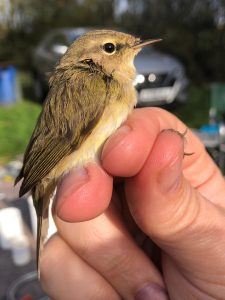
Chiffchaff
Spring was here for sure. The first migrant, a male Chiffchaff was calling. No signs of any Swallows or Blackcaps in just yet. This Chiffchaff was hatched in 2020, a young male. Sadly they don’t have a very good survival rate. Typically this bird will have a 1 in 3 chance of making it to next spring. See BTO BIrdfacts but unlike the closely related Willow Warbler, in Suffolk, Chiffchaffs are doing well and even on the increase.
One of the impacts related to a changing climate is that Chiffchaffs in recent years have begun to overwinter. I could see none of the sticky pollen that they often have around their beaks, which when analysed has been attributed to the citrus plantations in Spain and Portugal.
As we walked to and from the nets a Green Woodpecker would often dart along in front of us. With a quick idea and a call lure, we caught the bird in a mist net. This is a male, hatched in 2020 which you can tell from the feathers in the wing and the tail.

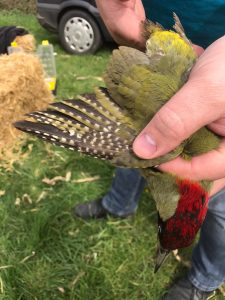
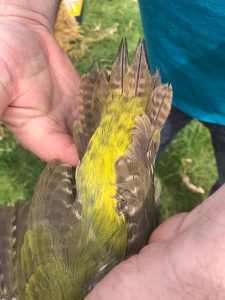
The red “moustache” or malar stripe indicates that this is a male bird. The tail feathers are very stiff in woodpeckers to enable them to be used against trees. At one point much to the amusement of my twelve-year-old son the woodpecker fully extended his tongue to a whopping 10cm! It was also possible to see the barbs on the end of the tongue that they use to catch ants and other insects. The tongue is so long it has to curl around the skull. See BTO Birdfacts for more information and there is a great article here on the tongue of the Green Woodpecker.


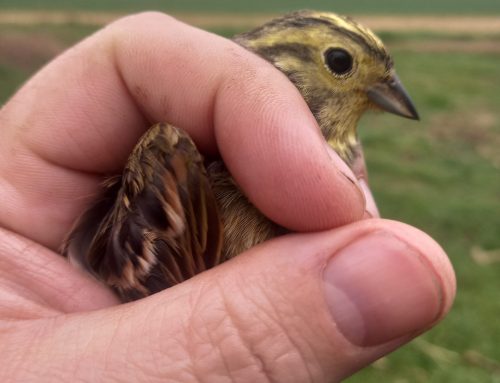
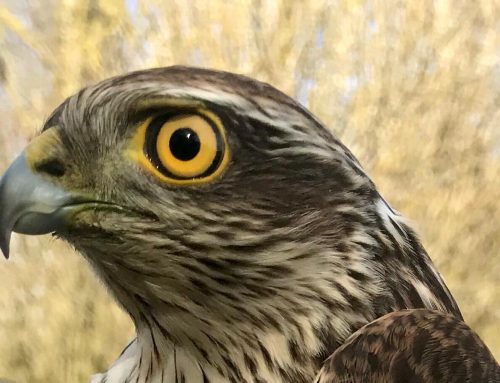
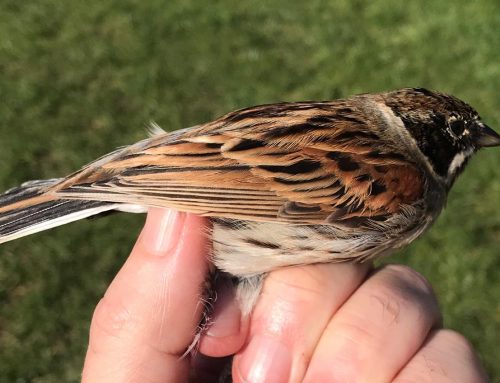
Leave A Comment